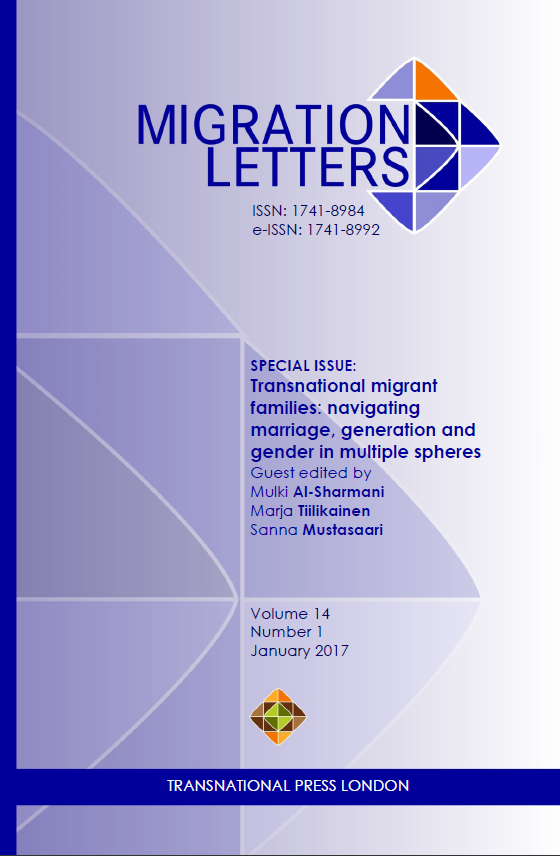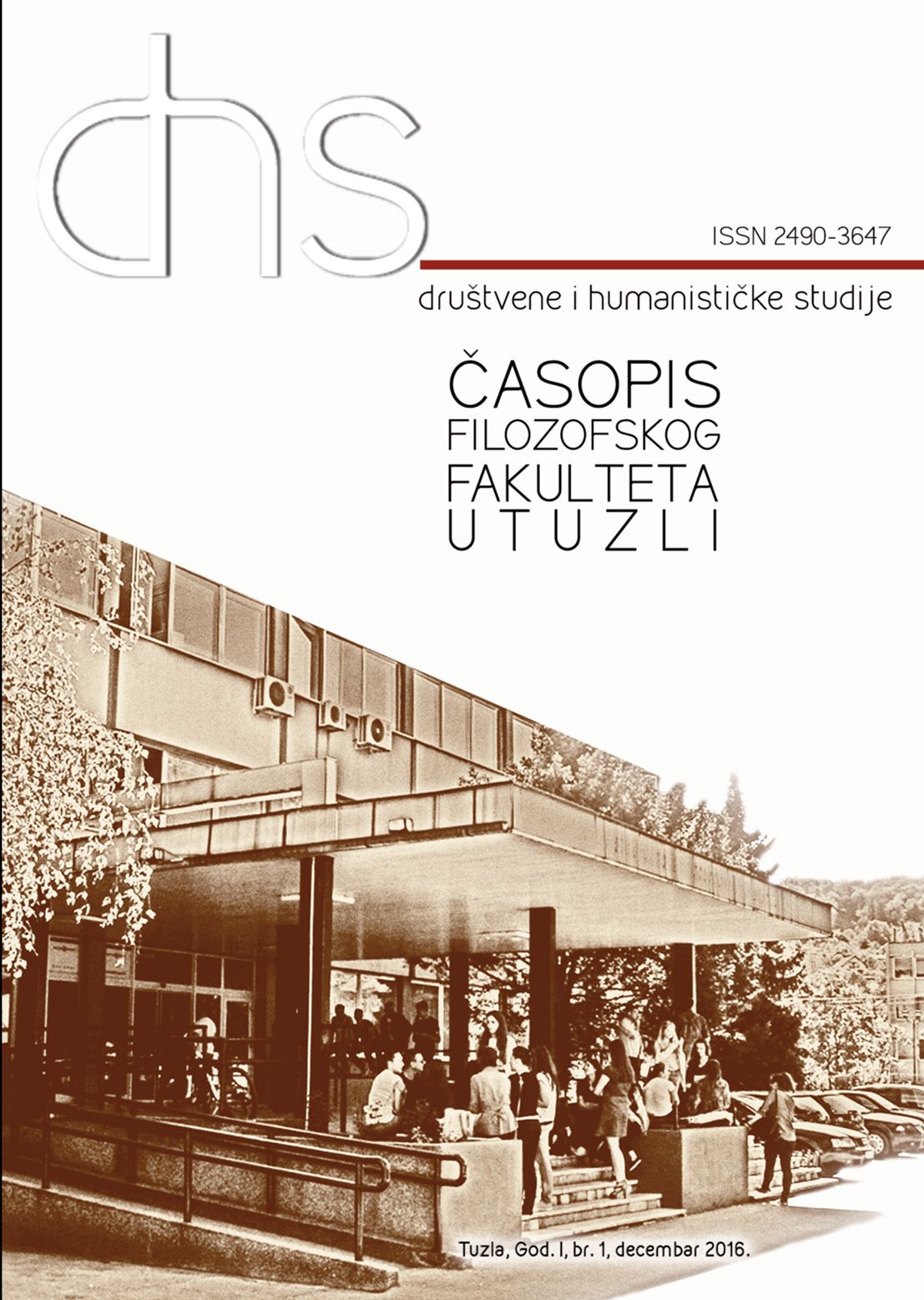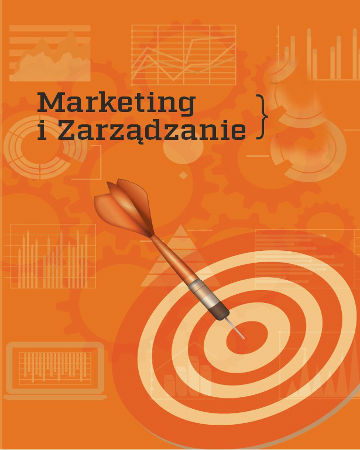FAKELORE VE FOLKLORİZMİN TURİZM İLE İLİŞKİSİ ÜZERİNE KAVRAMSAL BİR İNCELEME
Cultural creations of the destinations are considerably important among the travel motivations of tourists. But, all ‘folk’ creations shown to tourists may not be real folk creations indeed. These creations -can also be called fake/invented tradition- are known as ‘fakelore’ and ‘folklorism’ in literature. Fakelore means inventing new traditions and to showing fake creations as folklore for various reasons. While, folklorism stand for creating a tradition for commercial purposes and using this tradition which was created in tourism and mass media. This article is a conceptual study and defines ‘fakelore’ and ‘folklorism’ by using common cases in tourism and discusses potential impacts of these concepts on folklore and image of the country. In conclusion of the study which is important for bringing these concepts up discussion, examples for possible case studies on this area are suggested.
More...


